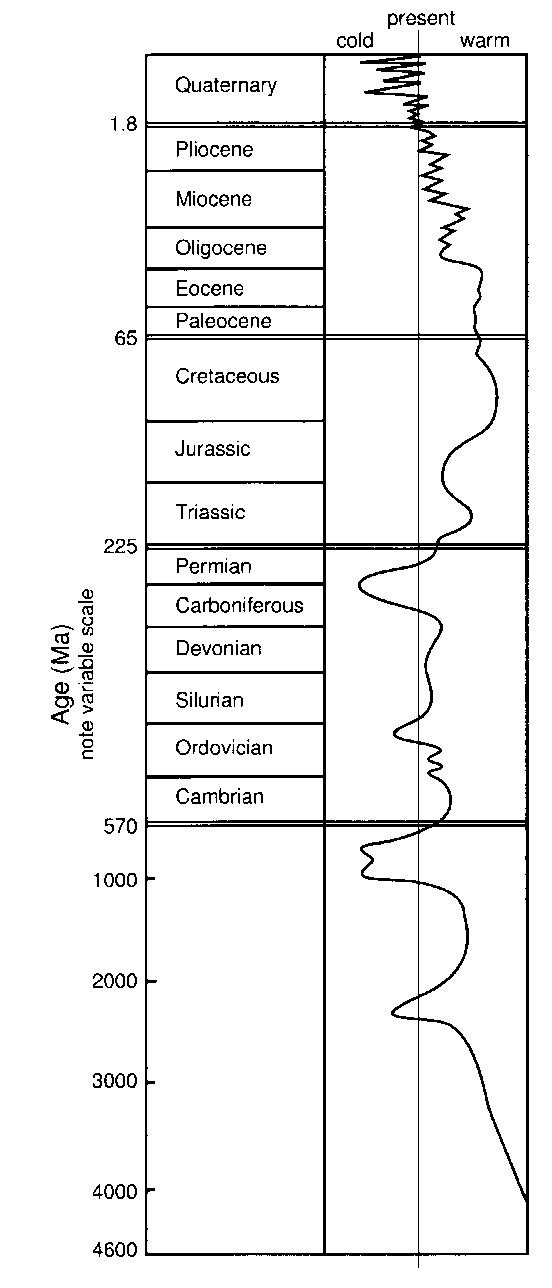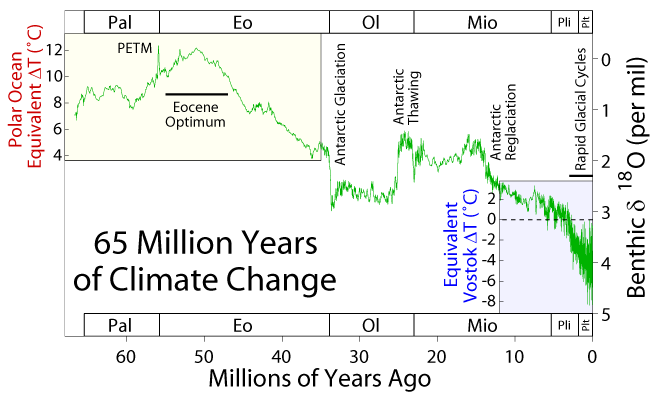Author Archives: Carol Chapman
Is Atlantis buried in a Spanish swamp?
Google Earth satellite images revealed a circular pattern in a huge swampy area of the Parque National Coto de Donana, a national park in Spain south of Seville.
Spend a little time with Dr. Richard Freund of the University of Hartford, and you might be convinced that the lost city of Atlantis is buried deep within a swamp in southern Spain.
Has a University of Hartford Professor Found the Lost City of Atlantis?[Spain]
Freund’s finding will be broadcast on the National Geographic channel on Sunday, March 13th at 9:00 p.m. EDT.
Continue readingRecent global climate change is alarming
Although yesterday I said that I thought that the recent global climate warming did not seem to be alarming since the earth has been going through a general cooling period for the last 100 million years, scientists at the Global Climate Change Student Guide website believe there are reasons for concern. Here is an excerpt from the epilogue of their excellent fact-filled online book:
Continue readingToday we may be witnessing one of the most profound climatic changes in the Earth’s history. Certainly, larger changes in global climate have occurred in the past, but over much longer time periods. The danger facing the global society today is that anthropogenic global warming may be too fast to allow humans, and other species, to adapt to its detrimental impacts. In addition, through enhanced greenhouse forcing, we may be pushing the climate system towards a bifurcation point, where climatic responses may become highly non-linear through complex feedback processes, driving the system to a completely different, and most probably, inhospitable state for humankind.
Deep Ocean Temperatures over the last 100 million years
Yesterday’s chart showed the earth’s temperature for the last 4600 million years. That’s 4.6 billion years ago to the present.
Today, I have a chart showing deep ocean temperatures for only the last 100 million years.

Deep Ocean Temperatures During the Last 100 Million Years
The above image comes from a wonderful online book called Global Climate Change Student Guide. The link takes you to the chapter called Palaeoclimatic Change, Section: Cenozoic Climates. If you click on the “section 5.3” link on that page, you’ll see the above chart.
I am investigating earth’s climate history to see if the earth’s recent global warming is something alarming compared to the earth’s climate history. From what I see, the earth’s temperature seems to have been going downward. Therefore, I would imagine that the recent rise in temperature could be temporary.
In my hypnosis sessions, described in my book When We Were Gods, I mentioned earth changes. Therefore, I’m interested in discovering whether recent earth changes are normal or abnormal for our planet.
Continue readingOverall, the earth is in a cooling trend, not warming!
Take a look at this chart from the John Baez Temperature article that I referred to yesterday. Note that “today” is at the top of the image and that 4600 million years ago (Ma means “millions of years ago”) is at the bottom of the chart. That means that, overall, we are in a much cooler climate than the earth has been in the past!

Temperatures Over the Last 6.5 Billion Years
The chart originally comes from: Barry Saltzman, Dynamical Paleoclimatology: Generalized Theory of Global Climate Change, Academic Press, New York, 2002, fig. 1-3
Continue readingThe earth’s climate was much warmer millions of years ago
There is so much alarm because of Global Climate Change. Therefore, I wanted to see if the earth was ever as warm or warmer than it is now. I found that the earth has been much warmer than it is today millions of years ago.
Following, please find a chart showing the earth’s climate for the last 65 million years, from an online article by John Baez called, Temperature:

Temperature over the last 65 million years
The description that goes with this chart is as follows:
Continue readingThis shows the Earth’s temperature since the extinction of the dinosaurs about 65 million years ago – the end of the Mesozoic and beginning of the Cenozoic. At first the Earth warmed up, reaching its warmest 50 million years ago: the “Eocene Optimum”. The spike before that labelled “PETM” is a fascinating event called the Paleocene-Eocene Thermal Maximum. At the end of the Eocene the Earth cooled rapidly and the Antarctic acquired year-round ice. After a warming spell near the end of the Oligocene, further cooling and an increasingly jittery climate led ultimately to the current age of rapid glacial cycles – “ice ages”.
This chart is taken from here:Robert Rohde, 65 million years of climate change, for Global Warming Art.
A Heinrich Event probably occurred around the time that Atlantis was supposed to have disappeared
An online article, by Prof. Arysio Nunes dos Santos , called The True History of Atlantis says that a Heinrich Event probably occurred around the time that Atlantis was supposed to have disappeared. Here’s an excerpt from the article:
Continue readingAnother important fact was the discovery that the date of the cataclysm which caused the end of the Pleistocene Ice Age — very probably a Heinrich Event, as is fast becoming clear — was not only sudden and brutal, but occurred at the date stipulated by Plato, that of 11,600 years ago.
Did Atlantis go down during a Heinrich Event?
Did Atlantis go down during a Heinrich Event?
Following, please find an excerpt from a Wikipedia article describing the Heinrich Event:
Continue readingHeinrich events are global climate fluctuations which coincide with the destruction of northern hemisphere ice shelves, and the consequent release of a prodigious volume of sea ice and icebergs. The events are rapid: they last around 750 years, and their abrupt onset may occur in mere years (Maslin et al.. 2001).
Before Pangaea, came Pannotia
According to the online Wikipedia article, Supercontinent Cycle, there is a regular rhythm between the drifting apart and coming together of continents.
One complete Supercontinent cycle is said to take 300 to 500 million years to occur.
Again, I wonder if, during this ongoing drift of continents, if the legendary lost city of Atlantis and the lost continent of Lemuria fragmented, bumped up against other land masses, and eventually disappeared.
Continue readingMany Pangaeas
You have probably heard of Pangaea, the supercontinent that existed about 250 million years ago. It included all the present continents in one land mass.

Map of Pangaea, from an online Wikipedia article
But did you know that not only did Pangaea break up into land masses that drifted apart to form continents, but, according to an online Wikepedia article on “Pangaea:”
The breaking up and formation of supercontinents appear to be cyclical through Earth’s 4.6 billion year history.
It appears that earth’s land masses drift over the surface of the earth. I find it interesting to learn that at one time, earth’s land masses were almost all concentrated at the north and south poles with only a narrow strip of land connecting them through the equator. What a strange world that would have been!
Knowing this, it is not so far-fetched to believe that lost continents such as Atlantis and Lemuria once existed.
Continue readingLemuria book update
Yesterday I visited with Una Marcotte, who continues to author her delightful book From Creation to Lemuria, which will be published by my company SunTopaz.
I am happy to say that we had a delightful visit and discussed not only the progress of the book, but also publicity. I always enjoy visiting with Una!
Continue reading